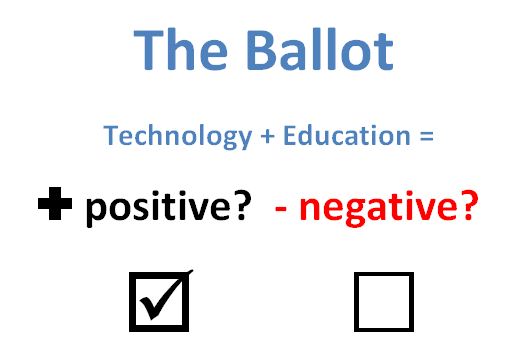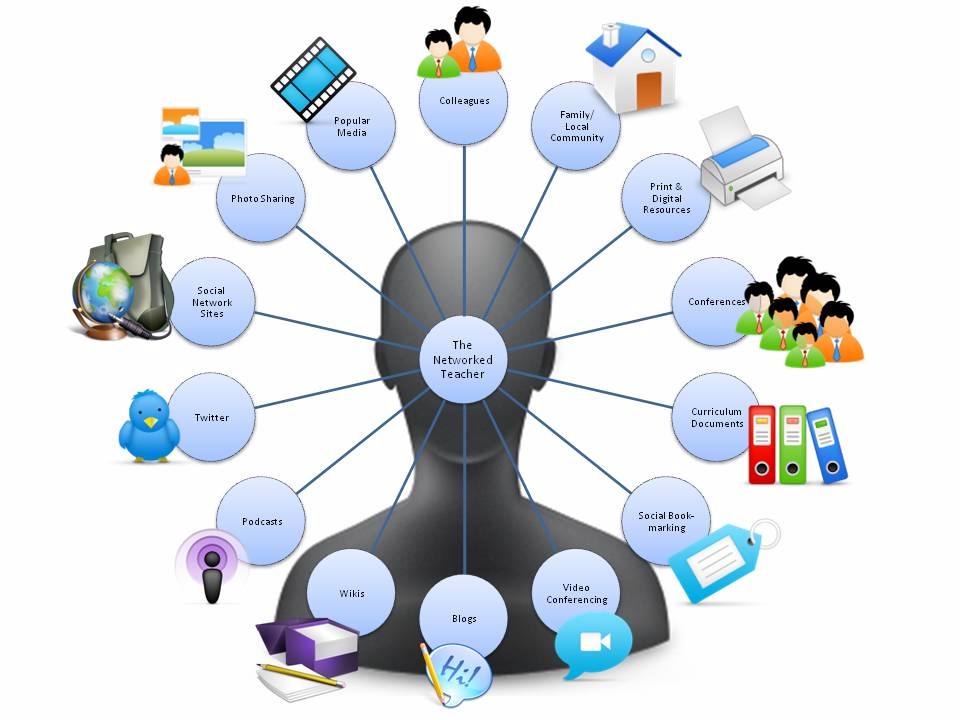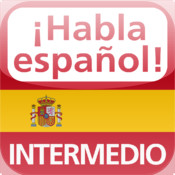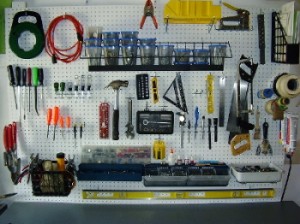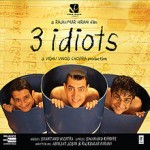World Language teachers have historically focused on grammatical and vocabulary correctness rather than on the ability to communicate. The lack of technology has forced our discipline to focus on written communication while ignoring the importance of oral communication.
The North Carolina World Languages Essential Standards are MORE likely to be positively influenced by the implementation of digital tools than negatively influenced. The limits of technology have negatively influenced second language instruction and learning for centuries. Paper and pencil, worksheets and textbooks are not the ideal tools for learning a communication skill. Sending and receiving messages are two main ingredients in communication. (What to send and how to comprehend what is sent are other key ingredients.) The teaching of world languages has been limited by the lack of tools that extend beyond just paper, pencil, text book and workbook. Writing utensils enabled the student to provide an answer (output) in the target language (but not a spoken answer) for communication, practice and assessment. Writing utensils enabled the teacher and textbook creator to provide written examples of the language for student input but left him or her shackled with limited audio tools.
The ability to add photos and drawings to input for students was huge for world language instruction. Photos and drawings were a wonderful addition to the target language and native language reading materials because now the comprehension of meaning could be influenced by the photos and drawings.
The ability to harness audio is enormous in world language instruction. There can now be audio files of speakers of the target language other than just the teacher. Students can record themselves for assessment and practice. Like the addition of photos and drawings to written resources (texts, storybooks, encyclopedias, etc.), the addition of visuals to audio (videos) is very powerful. When teachers and students alike can combine audio recordings of the language with explanatory visuals the power of that communicated message increases a hundred fold.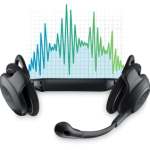
Three of the North Carolina standards address communication, so bring on the technology! Permit, teach and require students to record audio and to listen to audio, to record video with audio and to watch video with audio, to capture images that represent meaning, to add and listen to music recordings. Permit technology to enable the classroom to reflect communication at its fullest.
 The collaborative tech tools create a reason and method for communication. When students use a blog, a Voice Thread, an IM chat, a video camera, a Google doc shared presentation app, students have an increased ability to communicate with each other and to work together on communicating.
The collaborative tech tools create a reason and method for communication. When students use a blog, a Voice Thread, an IM chat, a video camera, a Google doc shared presentation app, students have an increased ability to communicate with each other and to work together on communicating.
The fourth world language standard addresses culture. The arrival of the internet has shifted the paradigm away from the teacher, text and encyclopedia being the only sources to learn about the target culture and has catapulted the student into digital encounters with the target culture of today on a regular basis.
 So, language learning and teaching SHOULD be evolving radically. Technology should be the fuel behind that revolution. These comments address technology and world language teaching but one could also ask how the arrival of audio and audio-visual tools will change the way we learn.
So, language learning and teaching SHOULD be evolving radically. Technology should be the fuel behind that revolution. These comments address technology and world language teaching but one could also ask how the arrival of audio and audio-visual tools will change the way we learn.
